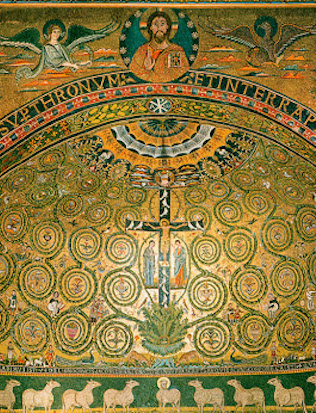A friend of mine recently put me to the test with a game of three questions. If I were only allowed to visit one country in the world, which would it be? Not so difficult to answer: Italy. But then what if I were only allowed to visit a single city in Italy? Hmm. Despite the competing claims of Venice, Florence and Naples, it would have to be Rome. Then came the last (hardest) question. If I could choose just one building in Rome to sum up the essence of the city, which would it be? My friend pointed out that pauses were not allowed in this particular game. Have to hurry you. The Colosseum? The Pantheon? St Peter’s? No, none of the above. On reflection I decided that there could only be one serious candidate, even though it is anything but world famous: the ancient basilical church of San Clemente, which stands on the Celian Hill just three hundred yards from the Colosseum, and which is largely overlooked by the millions of visitors who flock to the ancient gladiatorial arena to marvel at the splendour and savagery of ancient Rome.
What makes San Clemente so special, and so specially Roman? I can only describe it as the Lasagne Factor. It is the most richly layered building I know, baked in the oven of history by goodness knows how many cooks for two thousand years and more.
There are already hints of its complicated history in the shape of its exterior: a twelfth-century romanesque structure, heavy and massive, dressed in a confection of late Baroque decoration. But what lies within surpasses expectations. Inside, you are confronted by a cornucopia of wonders, dazzled by every colour in the brilliant spectrum of Rome’s past. The apse is a blaze of...


